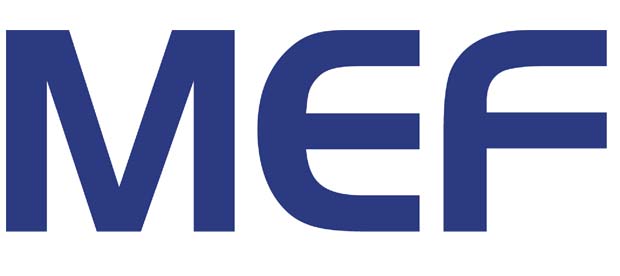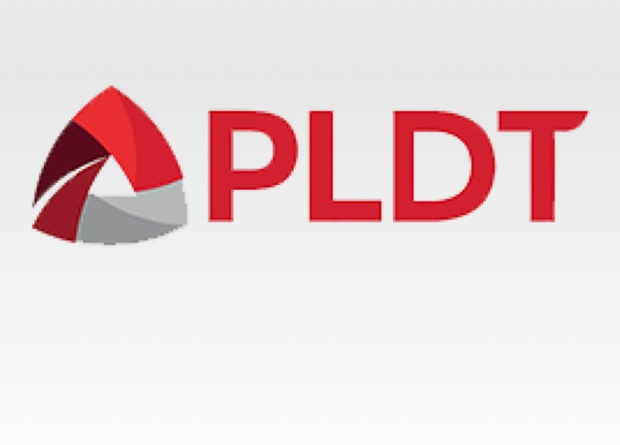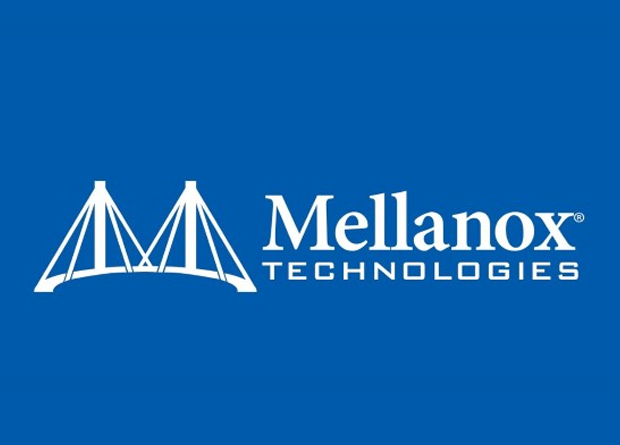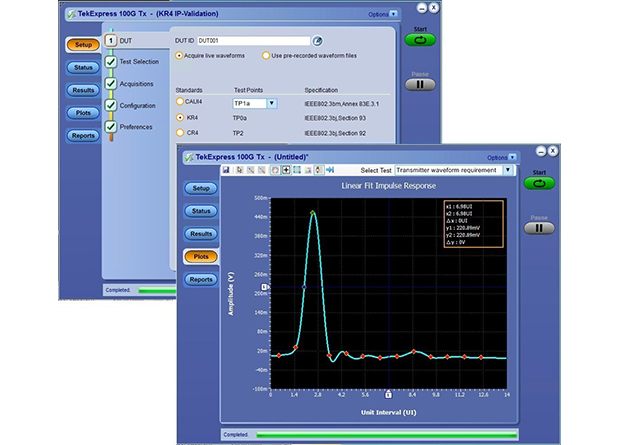The MEF announced the availability of the Lifecycle Service Orchestration (LSO) Reference Architecture & Framework (MEF 55). Approved by MEF Members, the LSO Reference Architecture advances industry efforts to streamline and automate the entire network service lifecycle in a sustainable fashion.
LSO encompasses all network domains that require end-to-end management and control to deliver on-demand connectivity services (Carrier Ethernet 2.0, IP VPNs, MPLS, SDN/NFV, et cetera) and to assure their overall quality and security.
“Service providers worldwide are looking for complete automation of the service lifecycle as a means to overcome OSS/BSS challenges that prevent them from taking full advantage of existing and newer SDN- and NFV-enabled networks,” said Nan Chen, president of the MEF. “Many of the world’s largest service providers have supported MEF efforts to define LSO capabilities and supporting APIs to address this challenge. We are thrilled to have completed the first phase in the LSO journey and already have launched new initiatives to accelerate LSO development – including in collaboration with other industry organizations within an open networking ecosystem.”
Michael Strople, chairman of the MEF, added: “Lifecycle Service Orchestration is essential to the evolution and implementation of SDN and NFV. The LSO Reference Architecture clearly defines LSO functionality and capabilities and will enable service providers to make big steps forward in the development of virtualized networks and overcoming the operational challenges that have been holding our industry back.”
The LSO Reference Architecture describes the functional management entities needed to support LSO and the Management Interface Reference Points between them. LSO provides open and interoperable automation of management operations that include design, fulfillment, control, testing, problem management, quality management, billing and usage, security, analytics, and policy capabilities.
Important for longer-term market growth, the LSO Reference Architecture enables automated management and control of end-to-end connectivity services that span multiple service provider domains. For example, a provider of dynamic network services could extend its reach by using LSO to interact with other service providers to manage and control access portions of end-to-end services.
LSO Management Interface Reference Points already are being referenced not only within MEF projects and activities but also in other industry organizations that are collaborating with the MEF.
The next phase of LSO development will include work on various LSO operational processes/threads that describe use cases of LSO behavior and the series of interactions among management entities spanning customer, service provider, and partner provider management domains. In addition, the MEF’s LSO effort will focus on describing the functional components of the service orchestrator and on defining the APIs that enable LSO interoperability.












































































































